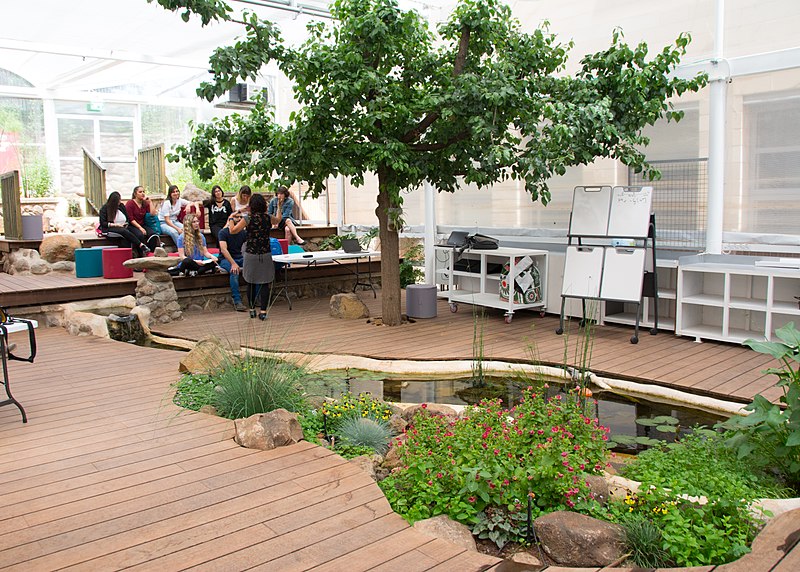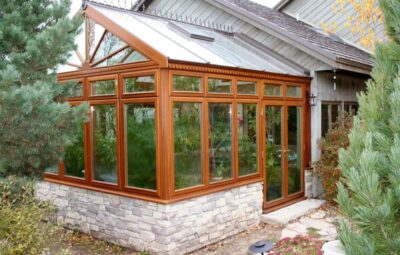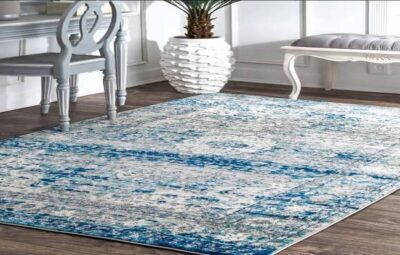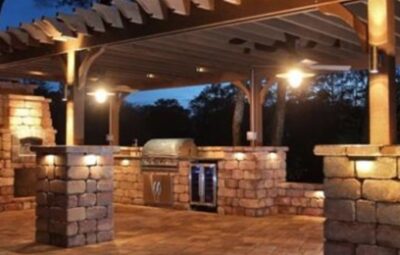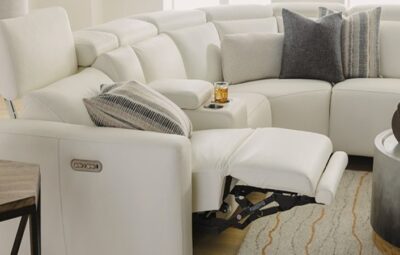Biophilia is a relatively new phrase in the world of interior design but it has quickly gained popularity. Breaking down the word into two parts can be a useful way to understand its meaning. Bio- means nature and –philic means love, together simply meaning “a love of nature”.
Within a home, this concept manifests through interior design and fundamentally seeks to marry architecture and wild, organic nature. Biophilic design also goes beyond the aesthetic, seeking to integrate the benefits of nature into living spaces. Tranquillity, for example, is often associated with natural respites, such as woodlands and mountains. Within a home, and with curated design, living spaces can enjoy the same benefits too.
There are a number of ways in which biophilic designs can be integrated into a property, with some being far more subtle than others. If you have an affection for the natural world, want to improve your carbon footprint, or would like to benefit your well-being.
Natural Light
While artificial light can often be necessary in a home, and even attractive, there are significant benefits to welcoming natural light into a living space. In addition to the pleasing glow it offers to a living space, natural light is important for our circadian rhythms, helping our bodies to measure the day and balance our sleeping patterns. Those who have little access to natural light can easily find themselves excessively tired or failing to sleep through the night.
Green Growth
You may have noticed a substantial increase in potted plants around the home, with many residents now hosting cheese plants and spider plants in every room. By bringing this greenery into a living space, residents can enjoy natural aesthetics inside a home, enjoying the associated aromas and air purification.
Outbuilding Design
Gardens are one of the most useful tools for biophilic residents, offering a private patch of nature to be designed and used. For some, this means an opportunity to establish log cabins and custom-designed shed spaces, outbuildings that can be transformed into places of utility or relaxation, while simultaneously being a part of the natural environment.
Natural Shapings
A defining feature of biophilic design is shape. Unlike the harsh designs and corners associated with modern and urban design, biophilic designs are generally much softer and organic, celebrating curves and rounded edges. These can occur within a home’s furniture or even architecture, within features like archways and kitchen islands.
Sensory Design
When out among natural environments, individuals tend to celebrate more than solely the visuals of a landscape. There are also the scents and textures, as well as even the sounds of the outdoors that bring about a sense of appreciation and harmony.
This can be replicated at home, with the inclusion of enticing natural aromas, a variety of textures and fabrics, as well as a recreation of peacefulness.
Ventilation And Air Flow
An effective way to imbue a living space with a sense of the outdoors is also through airflow. While this can mean ventilation, it can also mean airflow, ensuring that living spaces don’t become too stagnant and generally keep a sense of freshness about them.


